What connects the south Co Dublin town of Dún Laoghaire with Grantham in England, and Inverness in Scotland? Answer: they are finalists in the Town & Small Cities category in the Academy of Urbanism Awards 2023. The academy, based in Cambridge, is a politically independent, not-for-profit organisation whose broad membership includes individuals and organisations involved in city management and policymaking, academic research and teaching, town planning and urban design, community leadership and urban change-making, arts and cultural development, infrastructure and engineering, property law and management, politics and media.
Its Urbanism Awards recognise the best, most enduring or most improved urban environments across the United Kingdom, Ireland and continental Europe, and the Dún Laoghaire nomination cites the town’s “Coastal Mobility Cycle Route and Village PR project [that] connects urban villages, bathing places, walks and parks along the coast”, and notes its “highly successful, low-cost and transformative ‘tactical urbanism’ carried out as a ‘temporary measure’ at beginning of the pandemic”.
These and other projects have raised the town’s profile as a vibrant hub of activity on land and sea, with sailing clubs, piers and the People’s Park, as well as the library, cinema, theatre, colleges and a wide selection of shops. On George’s Street, Dunnes Stores continues the line of the town’s first department store, which the socially-conscious businessman Edward Lee opened in the late 1800s. It hugs the corner of Northumberland Avenue and backs on to Dungar Terrace, a short and charming cul-de-sac of 12 redbrick houses that Lee commissioned from architect William Kaye-Parry for his employees and that were completed in 1910.
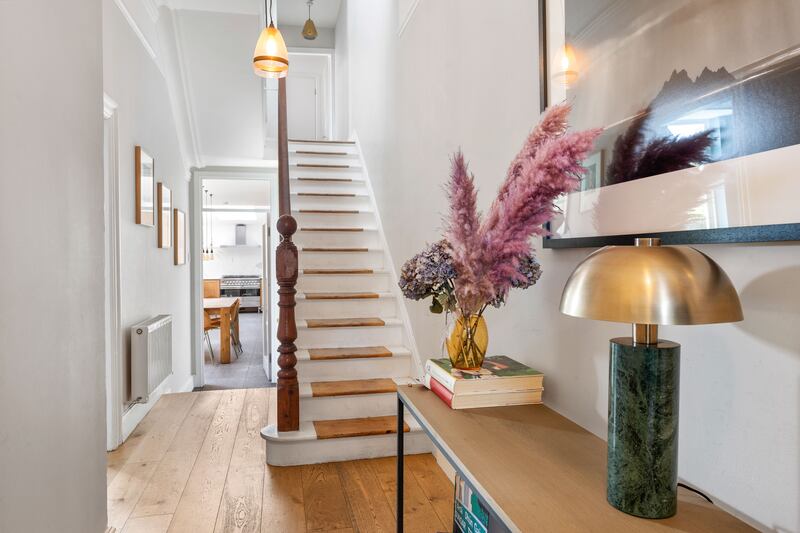
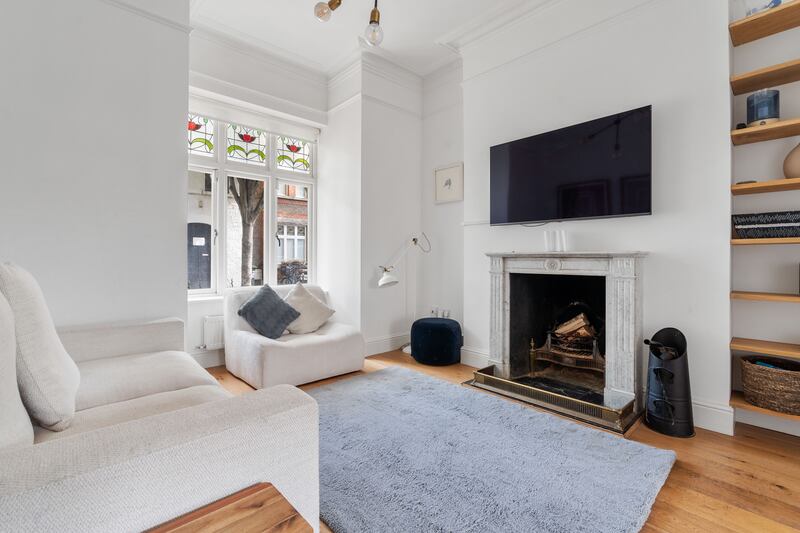

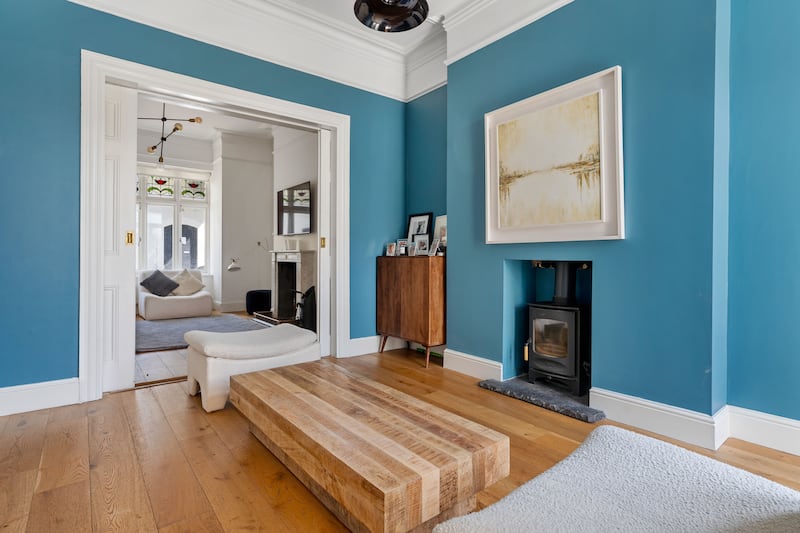
On the right as you come in from Northumberland Avenue, number 2, starts the row of redbricks, each of which has a side passage: very handy on a terrace for storing bikes and bins, and very cute in this case with their rounded arches and wooden gates.
READ MORE
Last sold in 2020 for €800,000, number 2 is on the market again through DNG with an asking price of €995,000. In the past six years, numbers 1, 3, 5 and 7 have also sold; the most recent sale recorded on the Property Price Register is that of number 3, for €736,000, last year. The previous owners rewired, replumbed, upgraded and extended the house, and the current owners have added their own subtle accent, respecting the period character and enhancing modern comforts. The Ber is C1.
Original Edwardian stained glass with stylised tulips decorate the blue front door and the top panels of the windows in the square bay. The door opens into a pale-painted hall with simple coving and polished timber floors that continue throughout this level.
Off this, to the left, is the livingroom with plain timber shelves, an open fire and marble mantelpiece. Folding doors connect this to the rear reception room, which is painted a cosy Wedgwood blue and has an inset stove. From here you can go out to the south-facing, paved courtyard garden, or through a square ope to the extended kitchen/diningroom.


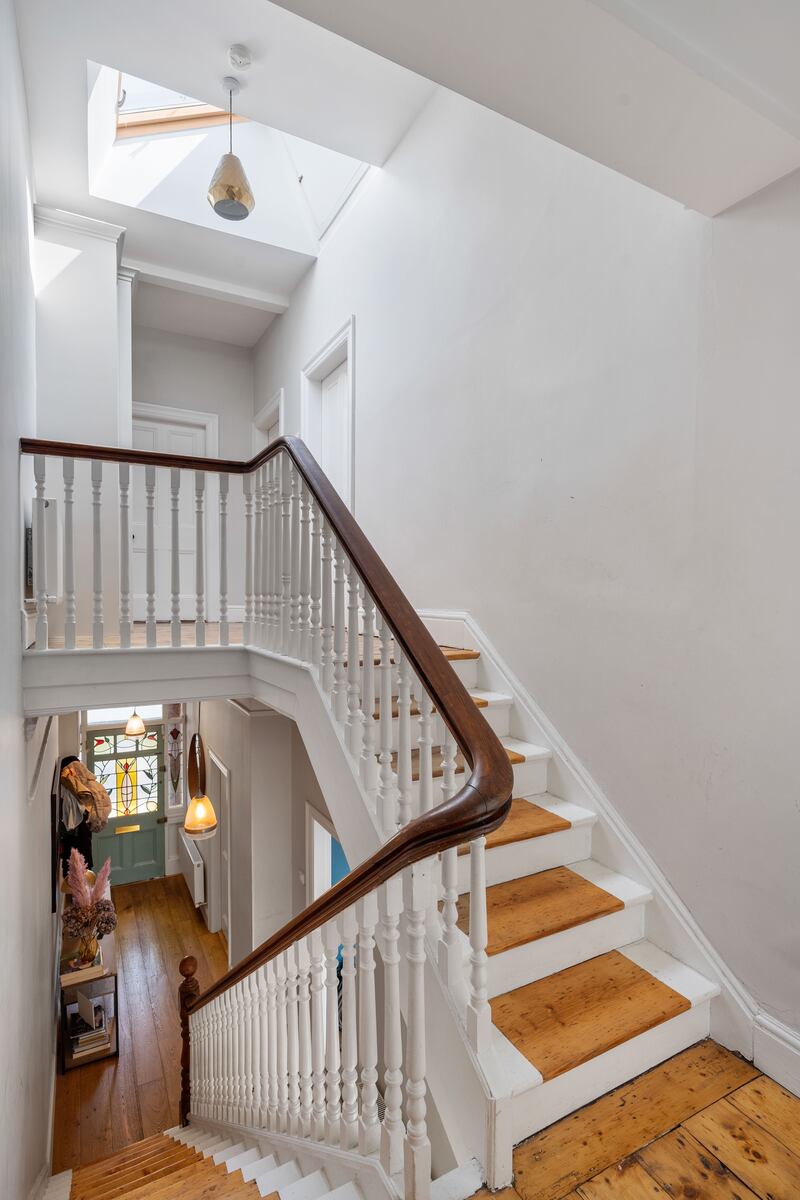

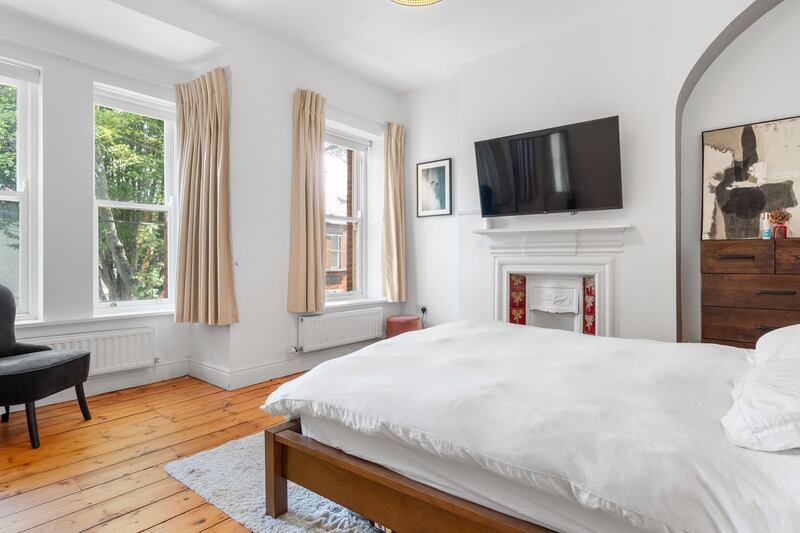
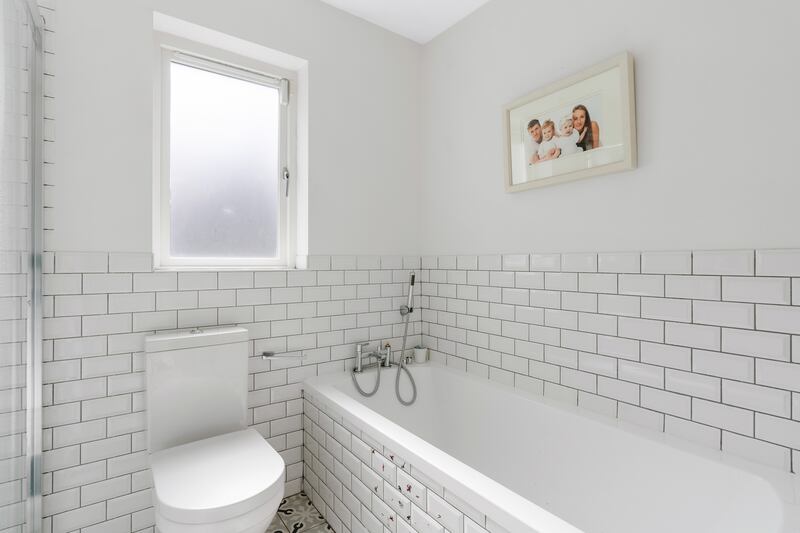
This bright rectangular space is lit from above by a long lightwell, and by over-counter windows and French doors to the courtyard garden. The brightness is accentuated by the grey floor, pale quartz worktops and the simple wooden doorfronts, with some white cupboards at eye level. A glass door leads back out to the hall, past smart bench seating and a utility cupboard, and an understairs toilet is very nicely fitted out.
Upstairs on the return are a family bathroom and a small bright bedroom used as an office. On the top landing, a children’s bedroom at the back, drawing southerly light through a tall sash window, has some wallpaper that picks up on the tiles in the cast-iron fireplace.
Three front windows light the main bedroom, where there is another lovely fireplace. There is an admirably minimalistic approach to storage in this house, with a wardrobe on the wide landing. The fourth bedroom, a second single with shelves built into a narrow niche, is also at this level.
With 136sq m (1,403sq ft) of smartly appointed, well-maintained space, number 2 is a very handy house, close to the Dart and numerous buses, near lots of schools and with acres of public space just outside the railed front garden. The Academy of Urbanism will assess the success of that mix this month when they visit to judge it according to local character, amenity, sustainability and community, health and wellbeing, among other criteria. The award winners will be announced in November.















